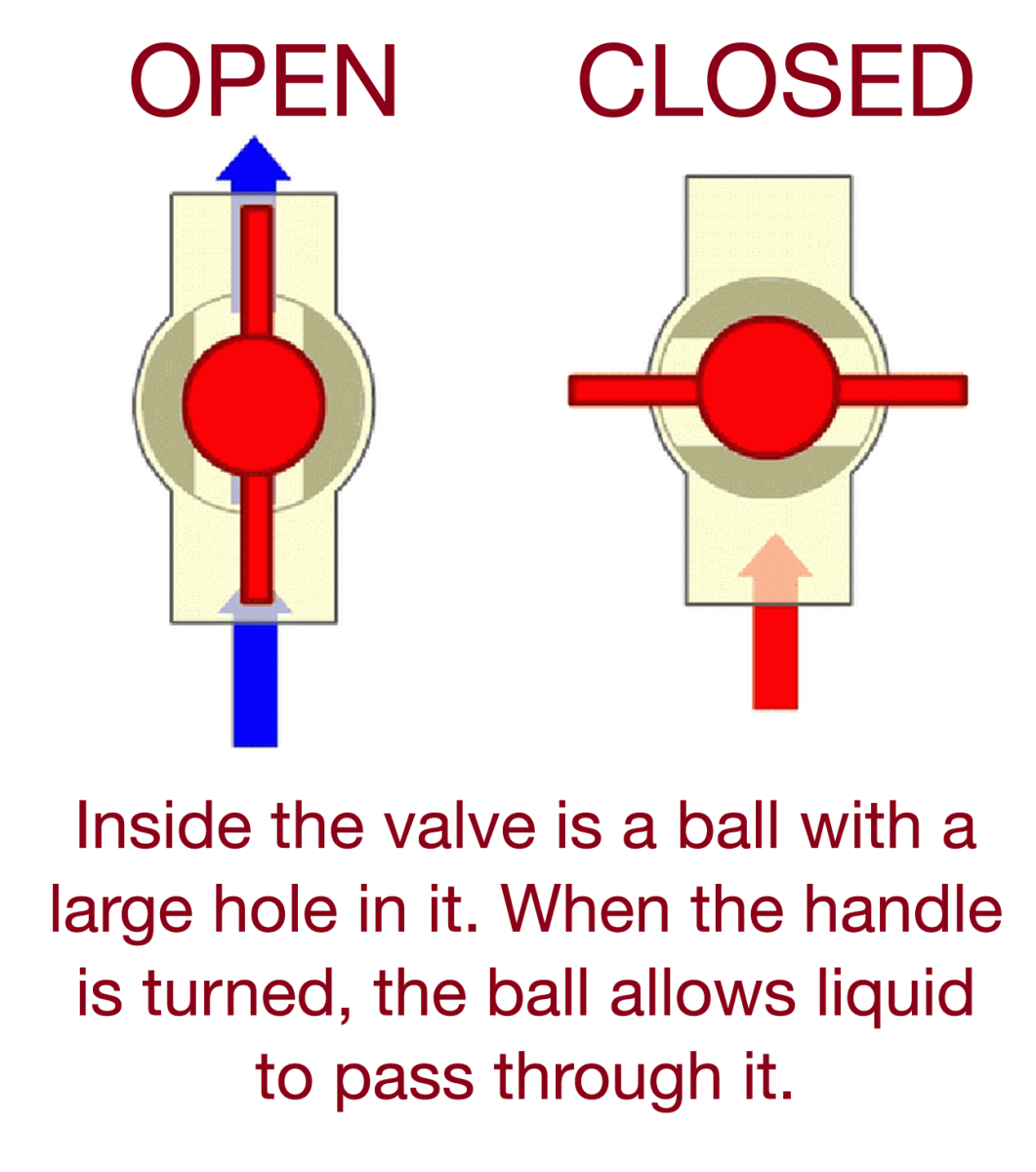 Add My Company
Add My Company
How to tell if a valve is open or closed

So, What Exactly is a Valve?
A valve is a very simple mechanism. Valves can be found everywhere, in nature, life, and industry. Even your bathroom taps are valves. The dictionary definition provides a good starting point:
noun
- any device for halting or controlling the flow of a liquid, gas, or other material through a passage, pipe, inlet, outlet, etc.
- a hinged lid or other movable part that closes or modifies the passage in such a device.
- Anatomy. a membranous fold or other structure that controls the flow of a fluid, as one that permits blood to flow in one direction only.
- to provide with a means of controlling the flow of liquid, gas, etc, by inserting a valve.
verb (used with object), valved, valving.
Simply put, a valve is a way of controlling the flow of liquid or any media through obstructing its pathway.
How do we know if the Valve is Open or Closed?
Now we have established what a valve is, how do we know if we are going to get our dreamy beer to flood into our awaiting pint glasses to quench our eager thirst? We need to know whether the valve is open or closed.
The majority of valves require a handle to turn the valve from the closed position to the open position. This diagram shows us what this looks like on a simple ball valve.

Usually, when someone asks if a valve is open or closed, they’re not really that interested in the orientation of the valve but what they really want to know is, is there flow passing through? In our example, we just want to know where our heavenly beer is and whether it will ever reach our lips right?
In order to tell if the valve is open or closed, the general rule is, if the handle is switched 90deg to the flow, it is off. As you can see from the diagram above, if the handle is in line with the flow path, it is on. Simple. Of course, this only applies to manual style valves such as the ball valve in the above diagram. There are exceptions to this rule, such as with actuated valves, which are remotely operated.
Beer pumps don’t look like our diagram but behave in the same way. When the pump handle is pulled down, the valve opens the flow path and instantly releases its sweet divine nectar. Pure joy!
Beer Pumps are Our Favourite Valves
In the example of a beer pump, it is possible for the valve to be in the open position and yet for there to be no flow. Heart breaking! For a beer pump to work correctly the valve needs to be open and a carrier gas (CO2) needs to be flowing into the keg to force the beer out of the other end. If the gas is not connected, there will be no beer, and sadly, we will be calling it an early night!
Not all Valves are Beer Pumps!
Due to the nature of some applications, it is not always possible to visually see if flow is passing through, particularly with closed systems. This is where either external or inline flow meters can be installed and used to assess both if flow is passing through and at what rate. Most suppliers can provide you with flow meters, so ask when you’re ordering your valves if this is a requirement.
Conclusion
We need valves. Not only for British summertime treats and traditions, but also in many everyday uses across oodles of different applications. At home, in industry, just about anywhere where we need to control the flow of liquids or gases. Valves enable us to ‘shut-off’ supply when it’s not required and then simply re-establish flow as soon as we open them up again. They’re a simple easy mechanism and make our lives easier. To see if they’re open or closed, check the handles, or invest in a flow meter for closed systems.
this form with your name, phone number or email address for a callback, or email us at sales@actionsealtite.com
For more information on How to tell if a valve is open or closed talk to Action Sealtite Ltd

